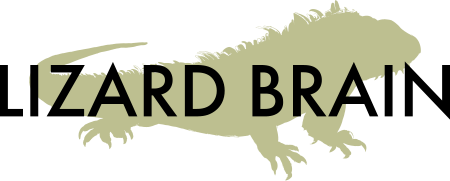Space Matters
Visualization needs space. Ideally, several spaces.
Facilitation Space: This is the most obvious, but it can be the hardest to come by. It's difficult to get a space that works for all the different kinds of engagements you'd want to have AND is permanently assigned to you. If the facility doesn't have a permanent facilitation space, get used to using portable walls.
The best spaces are flexible, modular, and open, with long, uninterrupted walls for your paper. Think: racquetball courts... with carpeting and better acoustics. And hopefully not as smelly. With chairs and tables on casters, you can reposition the room as the agenda calls for.
My favorite layout has a circle of chairs for plenary sessions (no tables) AND elsewhere in the room, pods of tables with seating for 4-to-6 for breakout groups.
Board room-style conference tables are the WORST. They're big, heavy, immovable, and are horrible for group breakouts. Participants can't even see each other on a board room-style conference table.
Storage Space: This is a stuff-intensive business. You're going to need to store complete and work-in-progress charts, easels and portable walls, new rolls of paper and flipcharts, other materials like ink and markers, plus all the stuff for participants, like stickies, pens, and activities. And have plenty of bookcases for all the books, binders, cards, and other materials you're sure to collect.
Studio Space: A place for you to work digitally and on the wall. I like a studio to have my desktop computer with a ridiculously-sized monitor (or monitors), an 11x17" printer and scanner close by, a light table, and room to at least prepare a 4'x10.5' chart.
Photo Space: The cheapest way to digitize charts is to photograph them. Most visual practitioners photograph their charts on the spot. I find that lighting on site can be uneven and a struggle to correct. I have a large wall dedicated to photographing charts, with movable lights to minimize drop off. Nothing fancy: it's just two 4' fluorescent shop lights suspended from the ceiling and aimed at the chart wall. It's low tech, but it works. Eventually, you might get to the point where you can justify a chart scanner, but those suckers cost upwards of 16k.
Video Space: Specifically, for action sketches. Simple is better. I like to draw on paper as opposed to whiteboards, so my set up is smaller than most. One of my 4' shop lights pulls double duty here, illuminating a drafting table. I have a camera attached to a lighting stand above the table. That's it.
